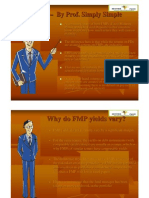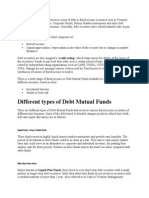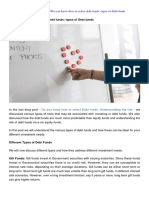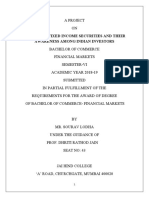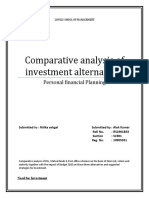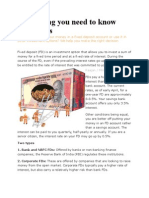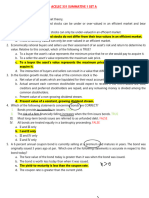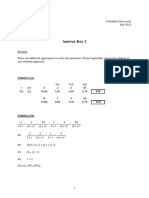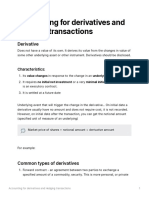0% found this document useful (0 votes)
64 views10 pagesFMPs: Higher Returns & Tax Efficiency
Fixed Maturity Plans (FMPs) are investment schemes offered by mutual funds that have a fixed maturity period, ranging from 15 days to 2 years. Like fixed deposits, the invested amount is returned to the investor at maturity. FMPs typically offer higher post-tax returns than fixed deposits due to more favorable capital gains tax treatment.
Uploaded by
Brijesh SinghCopyright
© Attribution Non-Commercial (BY-NC)
We take content rights seriously. If you suspect this is your content, claim it here.
Available Formats
Download as DOCX, PDF, TXT or read online on Scribd
0% found this document useful (0 votes)
64 views10 pagesFMPs: Higher Returns & Tax Efficiency
Fixed Maturity Plans (FMPs) are investment schemes offered by mutual funds that have a fixed maturity period, ranging from 15 days to 2 years. Like fixed deposits, the invested amount is returned to the investor at maturity. FMPs typically offer higher post-tax returns than fixed deposits due to more favorable capital gains tax treatment.
Uploaded by
Brijesh SinghCopyright
© Attribution Non-Commercial (BY-NC)
We take content rights seriously. If you suspect this is your content, claim it here.
Available Formats
Download as DOCX, PDF, TXT or read online on Scribd
/ 10




